Cover
Title Page
Copyright Page
About the Authors
Contents
Preface
THE CORE
Introduction
Chapter 1 A Tour of the World
1-1 The Crisis
1-2 The United States
1-3 The Euro Area
1-4 China
1-5 Looking Ahead
Appendix: Where to Find the Numbers
Chapter 2 A Tour of the Book
2-1 Aggregate Output
2-2 The Unemployment Rate
2-3 The Inflation Rate
2-4 Output, Unemployment, and the Inflation Rate: Okun’s Law and the Phillips Curve
2-5 The Short Run, the Medium Run, the Long Run
2-6 A Tour of the Book
Appendix: The Construction of Real GDP, and Chain-Type Indexes
The Short Run
Chapter 3 The Goods Market
3-1 The Composition of GDP
3-2 The Demand for Goods
3-3 The Determination of Equilibrium Output
3-4 Investment Equals Saving: An Alternative Way of Thinking about Goods—Market Equilibrium
3-5 Is the Government Omnipotent? A Warning
Chapter 4 Financial Markets
4-1 The Demand for Money
4-2 Determining the Interest Rate: I
4-3 Determining the Interest Rate: II
4-4 Two Alternative ways of looking at the Equilibrium
Chapter 5 Goods and Financial Markets: The IS-LM Model
5-1 The Goods Market and the IS Relation
5-2 Financial Markets and the LM Relation
5-3 Putting the IS and the LM Relations Together
5-4 Using a Policy Mix
5-5 How Does the IS-LM Model Fit the Facts?
Appendix: An Alternative Derivation of the LM Relation as an Interest Rate Rule
The Medium Run
Chapter 6 The Labor Market
6-1 A Tour of the Labor Market
6-2 Movements in Unemployment
6-3 Wage Determination
6-4 Price Determination
6-5 The Natural Rate of Unemployment
6-6 Where We Go from Here
Appendix: Wage- and Price-Setting Relations versus Labor Supply and Labor Demand
Chapter 7 Putting All Markets Together: The AS–AD Model
7-1 Aggregate Supply
7-2 Aggregate Demand
7-3 Equilibrium in the Short Run and in the Medium Run
7-4 The Effects of a Monetary Expansion
7-5 A Decrease in the Budget Deficit
7-6 An Increase in the Price of Oil
7-7 Conclusions
Chapter 8 The Phillips Curve, the Natural Rate of Unemployment, and Inflation
8-1 Inflation, Expected Inflation, and Unemployment
8-2 The Phillips Curve
8-3 A Summary and Many Warnings
Appendix: From the Aggregate Supply Relation to a Relation between Inflation, Expected Inflation, and Unemployment
Chapter 9 The Crisis
9-1 From a Housing Problem to a Financial Crisis
9-2 The Use and Limits of Policy
9-3 The Slow Recovery
The Long Run
Chapter 10 The Facts of Growth
10-1 Measuring the Standard of Living
10-2 Growth in Rich Countries since 1950
10-3 A Broader Look across Time and Space
10-4 Thinking About Growth: A Primer
Chapter 11 Saving, Capital Accumulation, and Output
11-1 Interactions between Output and Capital
11-2 The Implications of Alternative Saving Rates
11-3 Getting a Sense of Magnitudes
11-4 Physical versus Human Capital
Appendix: The Cobb-Douglas Production Function and the Steady State
Chapter 12 Technological Progress and Growth
12-1 Technological Progress and the Rate of Growth
12-2 The Determinants of Technological Progress
12-3 The Facts of Growth Revisited
Appendix: Constructing a Measure of Technological Progress
Chapter 13 Technological Progress: The Short, the Medium, and the Long Run
13-1 Productivity, Output, and Unemployment in the Short Run
13-2 Productivity and the Natural Rate of Unemployment
13-3 Technological Progress, Churning, and Distribution Effects
13-4 Institutions, Technological Progress, and Growth
EXTENSIONS
Expectations
Chapter 14 Expectations: The Basic Tools
14-1 Nominal versus Real Interest Rates
14-2 Nominal and Real Interest Rates, and the IS–LM Model
14-3 Money Growth, Inflation, Nominal and Real Interest Rates
14-4 Expected Present Discounted Values
Appendix: Deriving the Expected Present Discounted Value Using Real or Nominal Interest Rates
Chapter 15 Financial Markets and Expectations
15-1 Bond Prices and Bond Yields
15-2 The Stock Market and Movements in Stock Prices
15-3 Risk, Bubbles, Fads, and Asset Prices
Chapter 16 Expectations, Consumption, and Investment
16-1 Consumption
16-2 Investment
16-3 The Volatility of Consumption and Investment
Appendix: Derivation of the Expected Present Value of Profits under Static Expectations
Chapter 17 Expectations, Output, and Policy
17-1 Expectations and Decisions: Taking Stock
17-2 Monetary Policy, Expectations, and Output
17-3 Deficit Reduction, Expectations, and Output
The Open Economy
Chapter 18 Openness in Goods and Financial Markets
18-1 Openness in Goods Markets
18-2 Openness in Financial Markets
18-3 Conclusions and a Look Ahead
Chapter 19 The Goods Market in an Open Economy
19-1 The IS Relation in the Open Economy
19-2 Equilibrium Output and the Trade Balance
19-3 Increases in Demand, Domestic or Foreign
19-4 Depreciation, the Trade Balance, and Output
19-5 Looking at Dynamics: The J-Curve
19-6 Saving, Investment, and the Current Account Balance
Appendix: Derivation of the Marshall-Lerner Condition
Chapter 20 Output, the Interest Rate, and the Exchange Rate
20-1 Equilibrium in the Goods Market
20-2 Equilibrium in Financial Markets
20-3 Putting Goods and Financial Markets Together
20-4 The Effects of Policy in an Open Economy
20-5 Fixed Exchange Rates
Appendix: Fixed Exchange Rates, Interest Rates, and Capital Mobility
Chapter 21 Exchange Rate Regimes
21-1 The Medium Run
21-2 Exchange Rate Crises under Fixed Exchange Rates
21-3 Exchange Rate Movements under Flexible Exchange Rates
21-4 Choosing between Exchange Rate Regimes
Appendix 1: Deriving Aggregate Demand under Fixed Exchange Rates
Appendix 2: The Real Exchange Rate and Domestic and Foreign Real Interest Rates
Back to Policy
Chapter 22 Should Policy Makers Be Restrained?
22-1 Uncertainty and Policy
22-2 Expectations and Policy
22-3 Politics and Policy
Chapter 23 Fiscal Policy: A Summing Up
23-1 What We Have Learned
23-2 The Government Budget Constraint: Deficits, Debt, Spending, and Taxes
23-3 Ricardian Equivalence, Cyclical Adjusted Deficits, and War Finance
23-4 The Dangers of High Debt
Chapter 24 Monetary Policy: A Summing Up
24-1 What We Have Learned
24-2 The Optimal Inflation Rate
24-3 The Design of Monetary Policy
24-4 Challenges from the Crisis
Chapter 25 Epilogue: The Story of Macroeconomics
25-1 Keynes and the Great Depression
25-2 The Neoclassical Synthesis
25-3 The Rational Expectations Critique
25-4 Developments in Macroeconomics to the 2009 Crisis
25-5 First Lessons for Macro-economics after the Crisis
Appendix 1 An Introduction to National Income and Product Accounts
Appendix 2 A Math Refresher
Appendix 3 An Introduction to Econometrics
Glossary
A
B
C
D
E
F
G
H
I
J
L
M
N
O
P
Q
R
S
T
U
V
W
Y
Index
A
B
C
D
E
F
G
H
I
J
K
L
M
N
O
P
Q
R
S
T
U
V
W
Y
Z
Credits
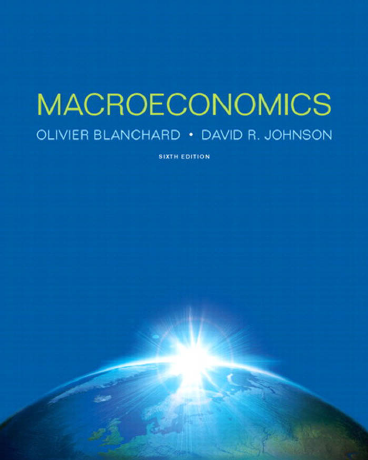
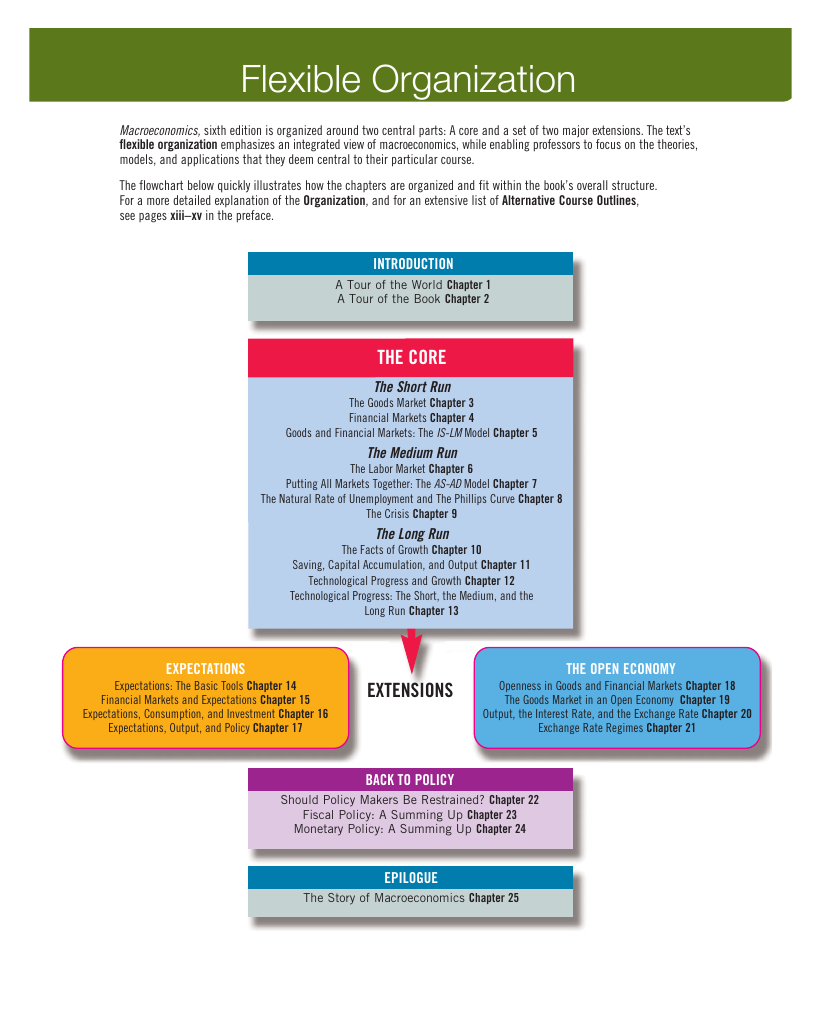
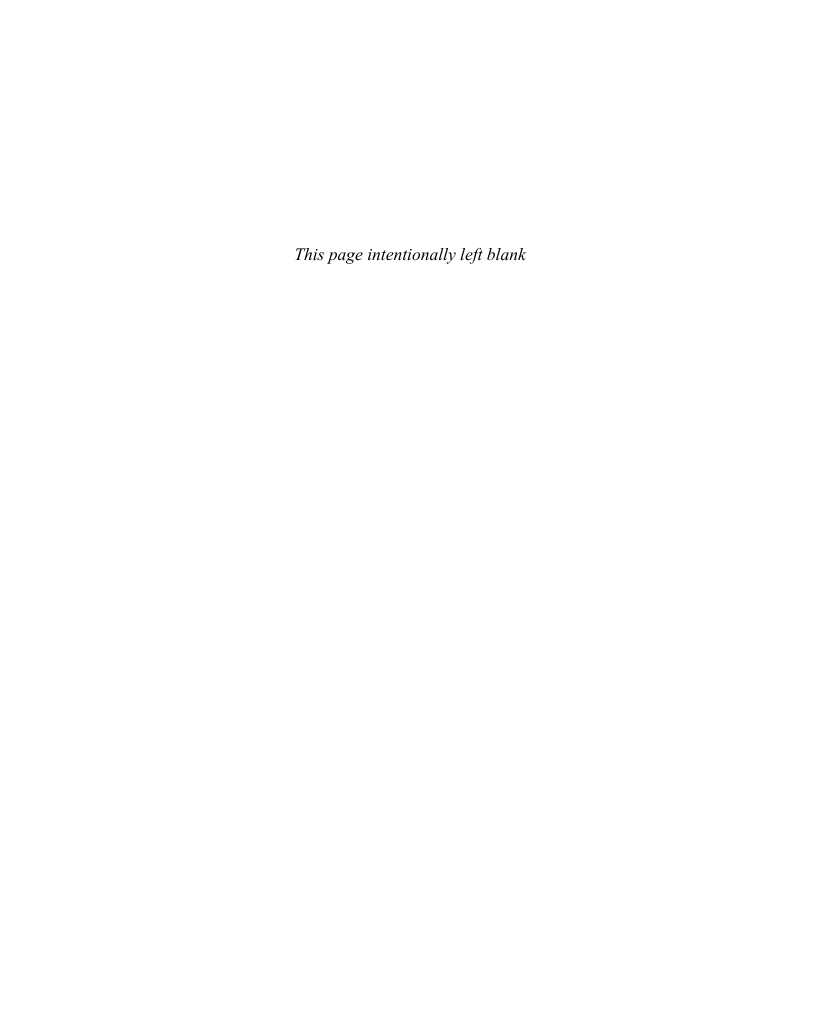

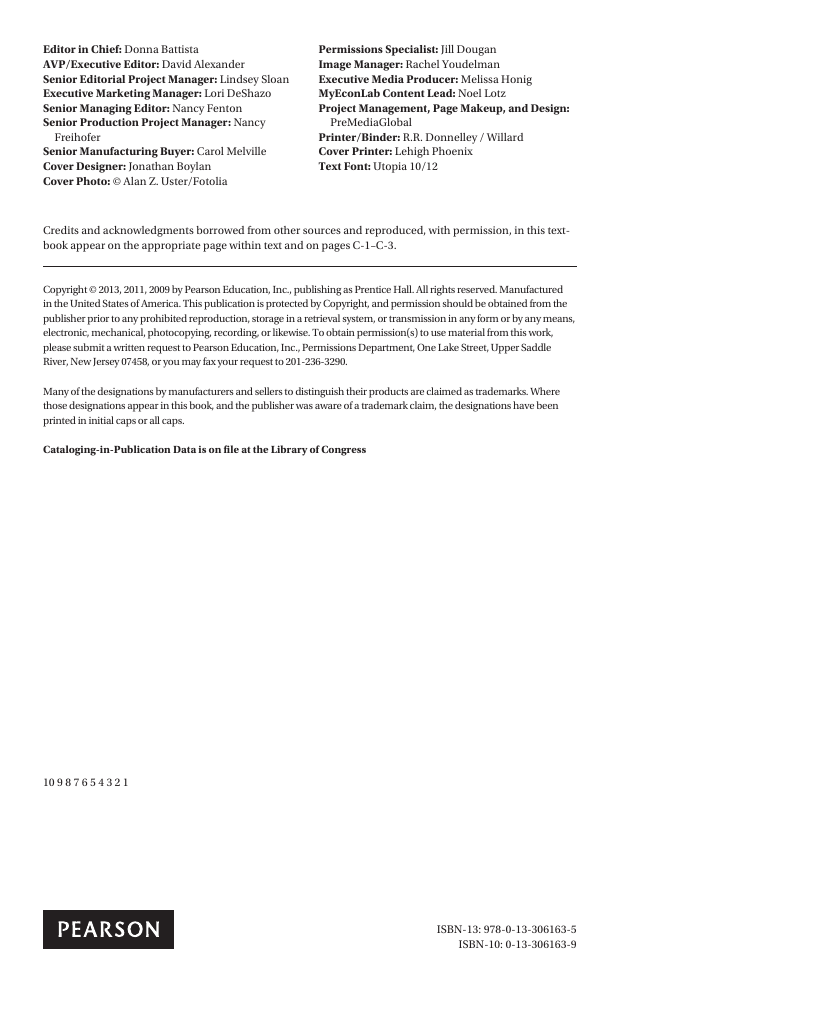
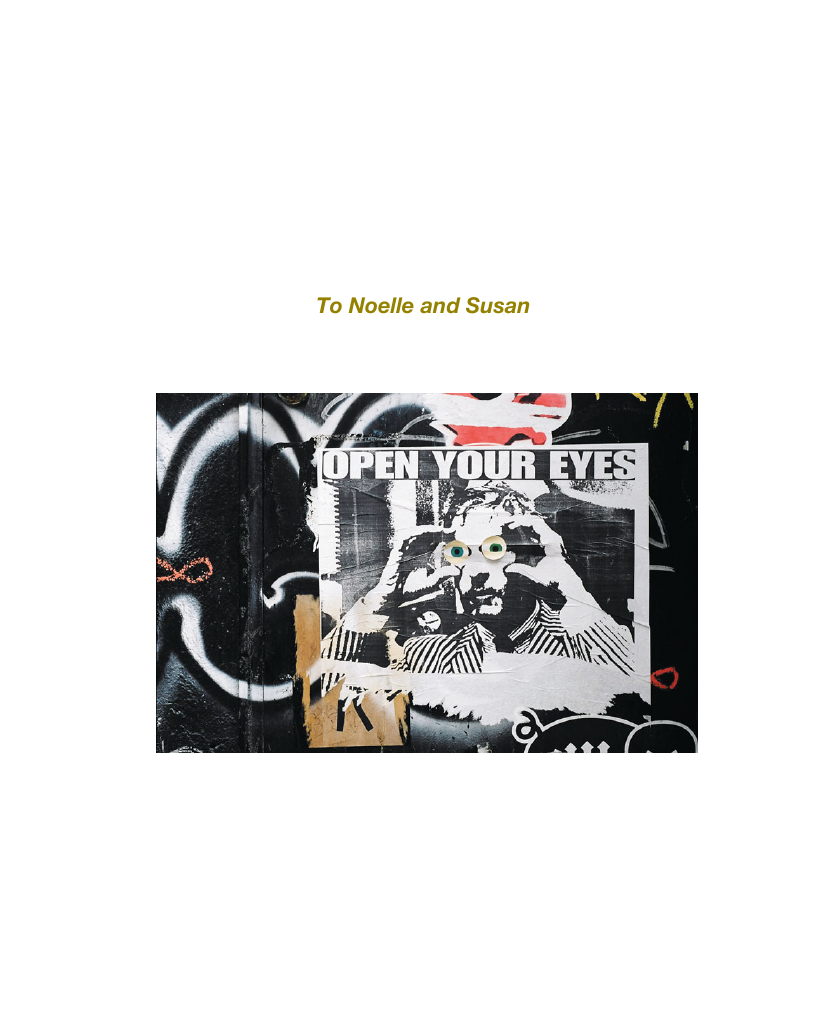
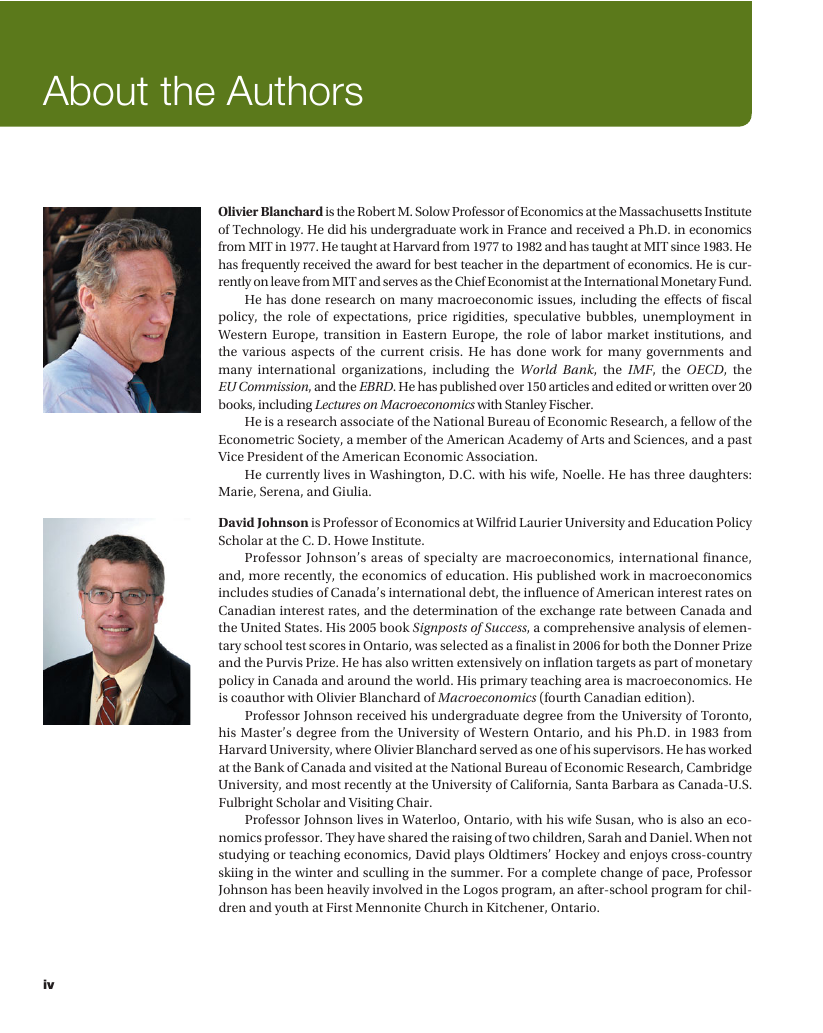
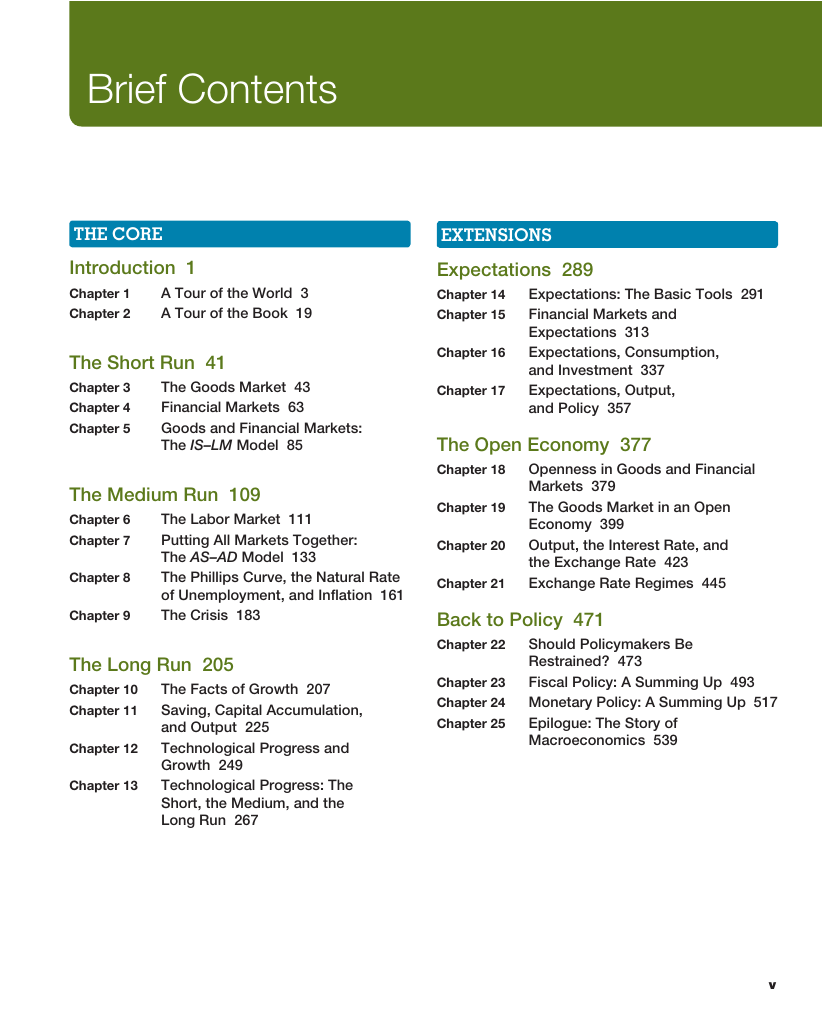








 2023年江西萍乡中考道德与法治真题及答案.doc
2023年江西萍乡中考道德与法治真题及答案.doc 2012年重庆南川中考生物真题及答案.doc
2012年重庆南川中考生物真题及答案.doc 2013年江西师范大学地理学综合及文艺理论基础考研真题.doc
2013年江西师范大学地理学综合及文艺理论基础考研真题.doc 2020年四川甘孜小升初语文真题及答案I卷.doc
2020年四川甘孜小升初语文真题及答案I卷.doc 2020年注册岩土工程师专业基础考试真题及答案.doc
2020年注册岩土工程师专业基础考试真题及答案.doc 2023-2024学年福建省厦门市九年级上学期数学月考试题及答案.doc
2023-2024学年福建省厦门市九年级上学期数学月考试题及答案.doc 2021-2022学年辽宁省沈阳市大东区九年级上学期语文期末试题及答案.doc
2021-2022学年辽宁省沈阳市大东区九年级上学期语文期末试题及答案.doc 2022-2023学年北京东城区初三第一学期物理期末试卷及答案.doc
2022-2023学年北京东城区初三第一学期物理期末试卷及答案.doc 2018上半年江西教师资格初中地理学科知识与教学能力真题及答案.doc
2018上半年江西教师资格初中地理学科知识与教学能力真题及答案.doc 2012年河北国家公务员申论考试真题及答案-省级.doc
2012年河北国家公务员申论考试真题及答案-省级.doc 2020-2021学年江苏省扬州市江都区邵樊片九年级上学期数学第一次质量检测试题及答案.doc
2020-2021学年江苏省扬州市江都区邵樊片九年级上学期数学第一次质量检测试题及答案.doc 2022下半年黑龙江教师资格证中学综合素质真题及答案.doc
2022下半年黑龙江教师资格证中学综合素质真题及答案.doc